Phantasy Star Online 2: Looking Back on 10 Years of SEGA's MMO
The past, present, and future of Sega's online empire
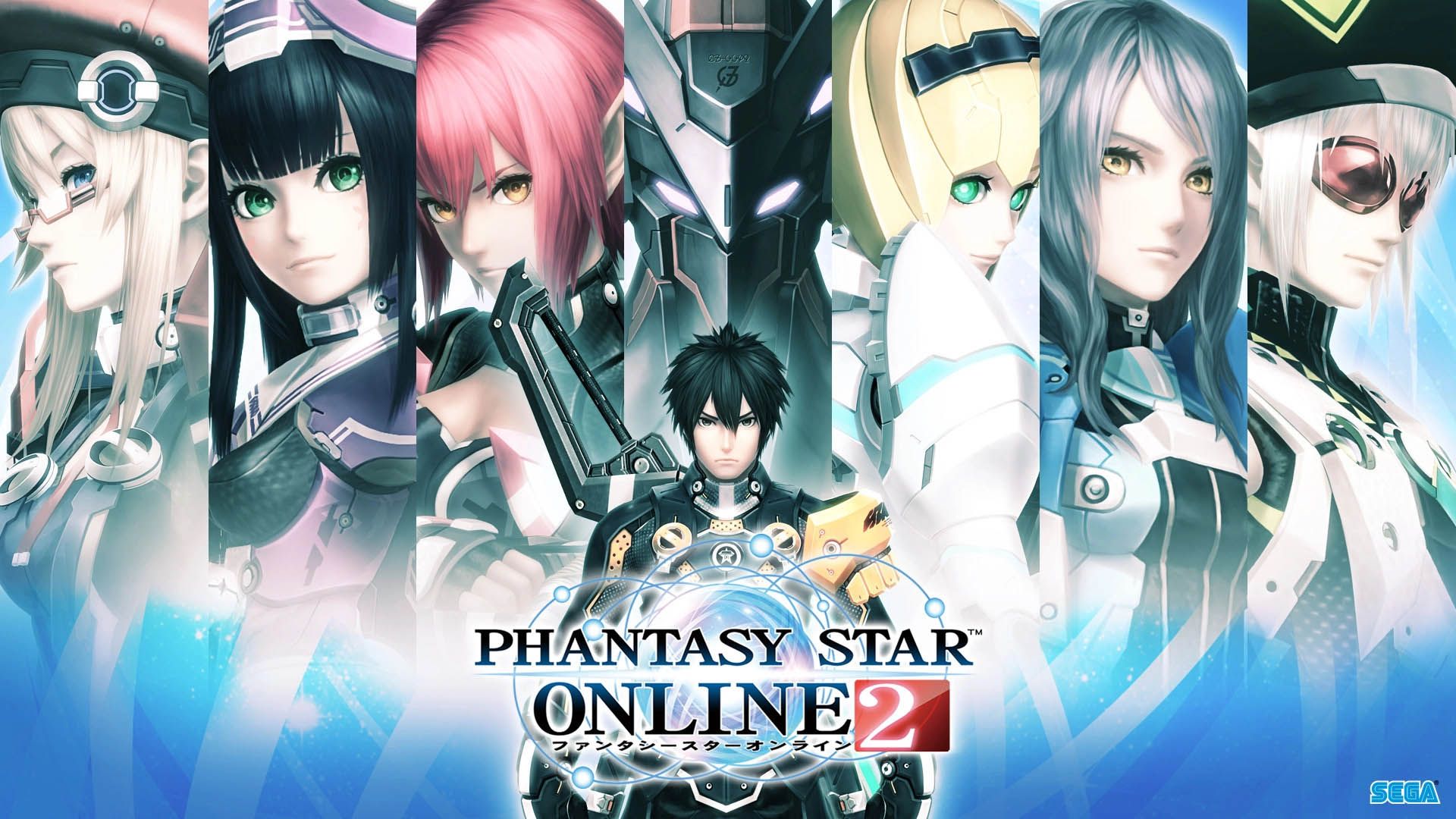
Phantasy Star Online 2 (PSO2) is one of Sega of Japan's most lucrative games of the last decade. Since its launch in 2012, the free-to-play game is one of the company's biggest successes in the online market. Thanks to its aggressive use of gacha-like microtransactions and a rich customization system, PSO2 is a game that attracts a lot of attention. Its age is beginning to show though, especially in the last few years.
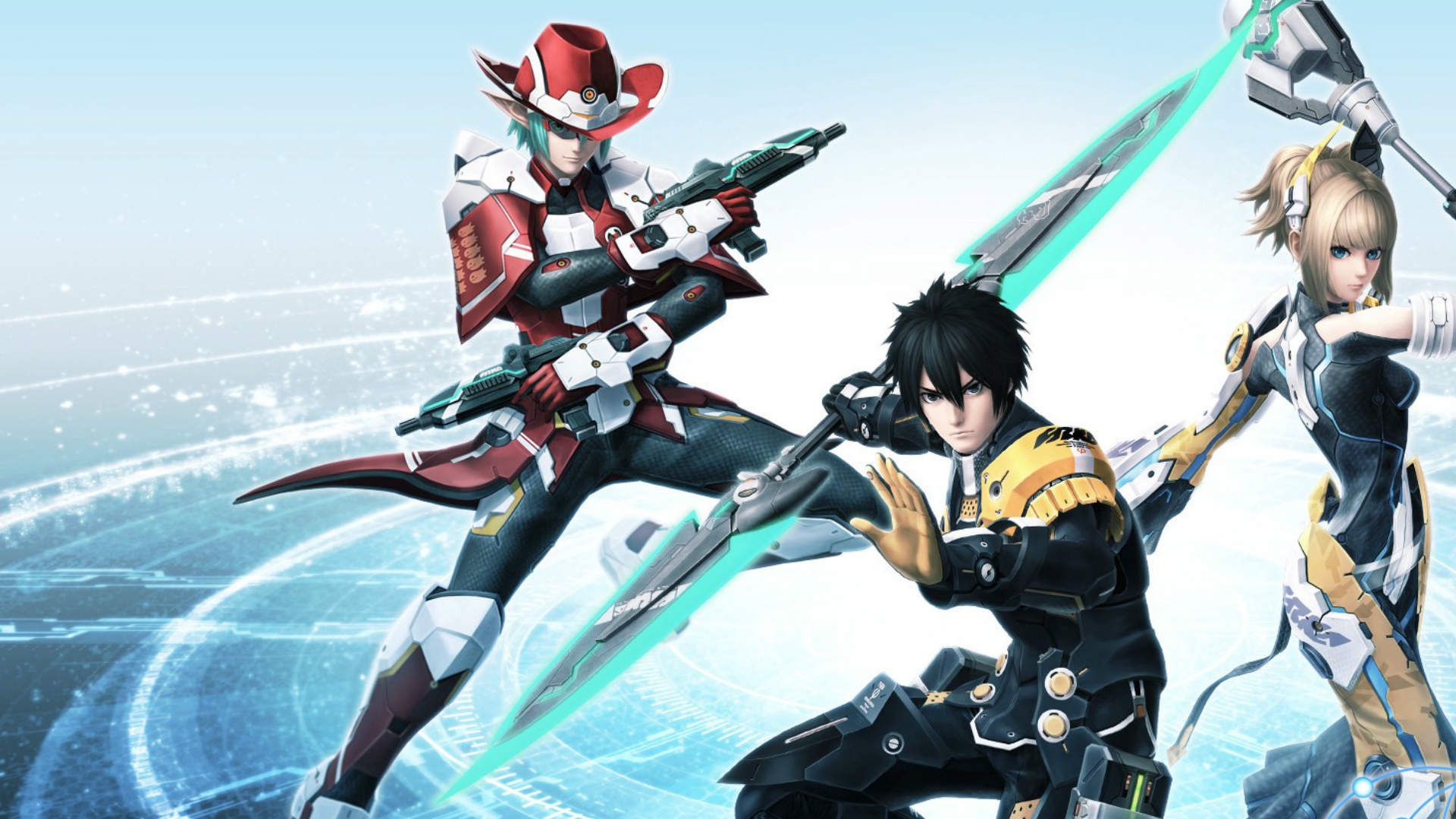
A journey through space and time
Released in 2012 only for PC and only in Japan, Phantasy Star Online 2 united the best ideas Sega had for both the original Phantasy Star Online and its spin-off, Phantasy Star Universe (PSU). Using the same style of design from the Dreamcast game, but with a gameplay system reminiscent of PSU, the game can be considered a natural evolution of what the company learned throughout the years with those titles.
Unlike the old titles, PSO2 had an unusual development. The game was made with a plan in mind, 10 years of service that could keep the attention of players with constant updates and tweaks to the gameplay, keeping fans engaged and happy. In charge of the project, Sega designated Satoshi Sakai as the producer.
Sakai had been involved with the series since it's changing to an online game with the original Phantasy Star Online. He was first involved as a member of the art department and eventually became the director of Phantasy Star Universe and later on was the producer of Phantasy Star Portable 2. Sakai's role at Sega is actually even older than this, having been a member of the team that developed Sonic Adventure.
The Sonic and Phantasy Star series were always akin to brothers. The original Sonic Team was composed of veterans who worked on the first two Phantasy Star games for the Master System and Sega Genesis back in the 80s. Yuji Naka, one of Sonic's creators, was also responsible for reviving the series for the Dreamcast with Phantasy Star Online, and ever since the team was responsible for both franchises.
But for PSO2, Sega decided to gather a new team, and for the first time, separate both franchises. But Sonic was still a presence in PSO2 during its entire life. The game used the Hedgehog Engine 1 in its infancy, changing to the newer HE2 in 2020, and every June a special lobby to celebrate the anniversary of the mascot was released in-game.
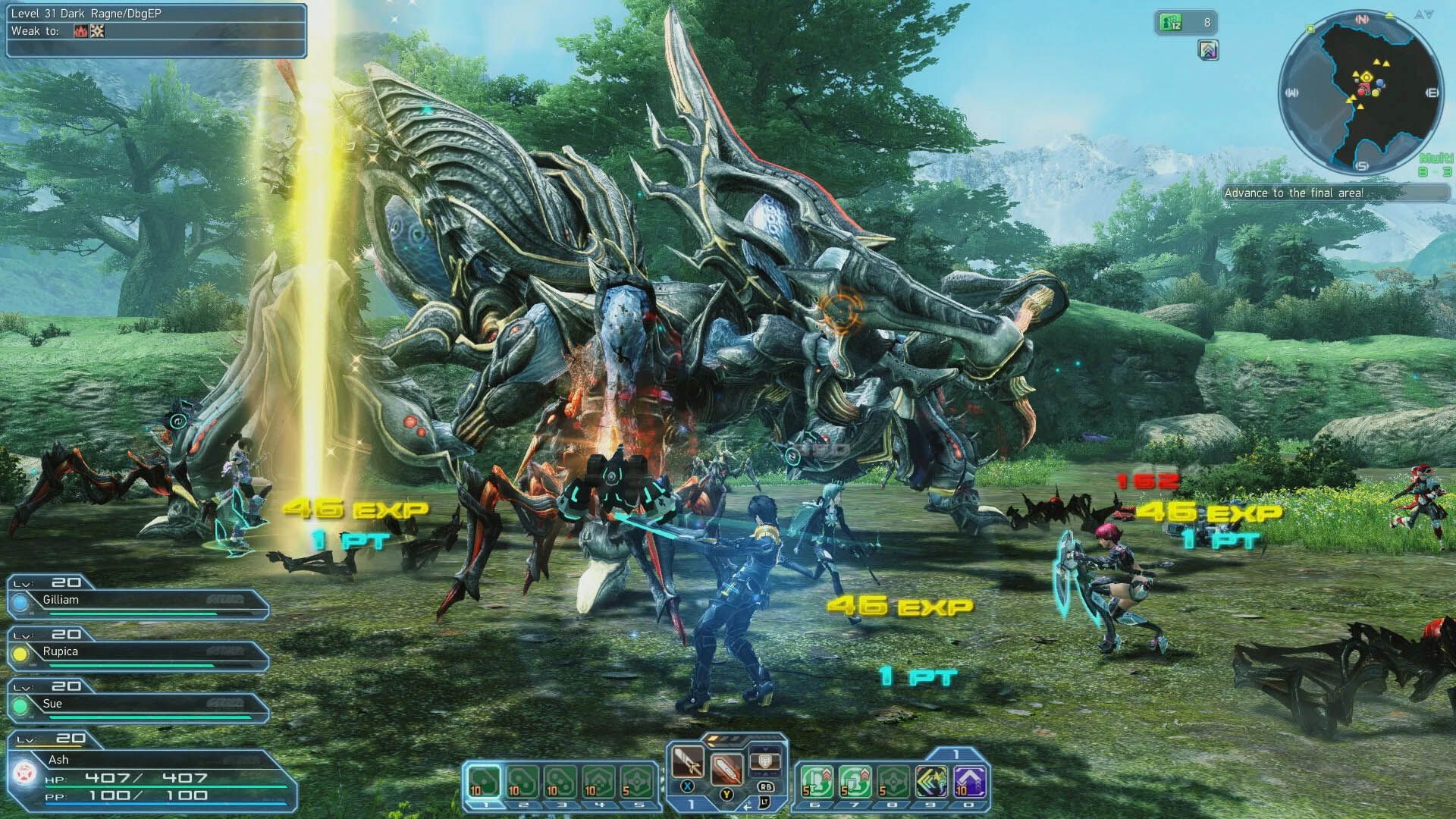
The Oracle trilogy: The basis for Phantasy Star Online 2
Very early on, PSO2 was a simpler game than what it would eventually become. The title was released with only six classes: Hunter, Ranger, Force, Fighter, Gunner, and Techer. The gameplay was faster paced than its predecessors, with a focus on the synergy between the different classes. To keep players entertained, a story was created that kept being updated, slowly adding new mysteries and enemies for the players to face. Every new boss introduced during the narrative was soon released separated as a special quest that requires up to twelve players to defeat.
In the game, players create a custom character, selecting from one of the three races: Humans, Newmans - close to elves in other RPGs - and Casts - humanoid robots. Being able to change the appearance, height and many other details, PSO2 offers a robust system to create the perfect avatar. After creation, players are introduced to the narrative as a new recruit of the group known as ARKS, short for Artificial Relict to Keep Species, the military force of the space colony Oracle.
As an ARKS, the main objective of the player is to defeat the Darkers, mysterious life forms that are a threat to the universe. The Darkers are small parts of a being known as Dark Falz, a being made of pure darkness. During their journey, the player will have to face this powerful enemy while allying with a multitude of different characters. The narrative of PSO2 was slowly being updated during the game's life, being divided into episodes that marked important parts of the story. At the end of the first episode, the player would have faced Elder, one of the Dark Falz, and discovered the existence of Xion, a mysterious being related to the Oracle ship itself.
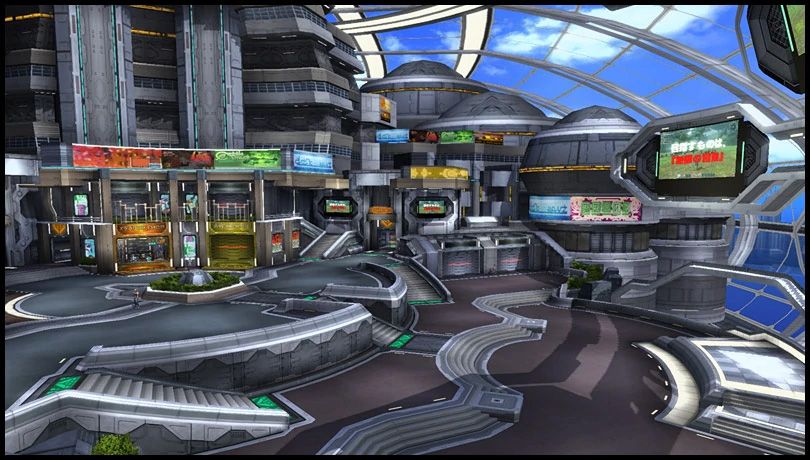
Other than the story, players could enjoy a multitude of different quests with simpler objectives such as hunting for a specific enemy or collecting a certain amount of items. They could also join groups of players as a party or form a team with friends. Sega also added mini-updates that introduced new items and cosmetics that could be bought with real money via a currency called AC. Players could also choose to get those cosmetics via player shops, buying them with Meseta, the in-game currency. As such, PSO2 was a game that mostly was kept alive by its players interacting and Sega offering a plethora of news every few months to keep things fresh.
Following the success of the game, Sega released Episode 2 in 2013 and Episode 3 in 2014. Both were huge expansions to the game that continued the narrative and introduced new classes; the Braver in the former and the Bouncer in the latter game, along with different types of challenges and enemies for the players to face. Episode 3 also marked the final act of the narrative, culminating in one of the most heart-rending endings of the entire series, closing the book on the player's adventure through time to help the ARKS.
On the gameplay side of things, both episodes introduced news mechanics and quests that were well received by the player base. All the classes got new techniques they could use, while Braver and Bouncer both had their ups and downs that made them different from everything before. The new quests included Mining Defense, a gruesome survival fight where players have to defend towers from enemy attacks, and Profound Darkness, the final fight of the story. These were considered challenging enough to keep even veterans on their toes.
The game also introduced new sets of powerful weapons that made more and more people spend time hunting for the materials needed for them. This led to an increase in player activity during this time. Finally, Episode 3 also introduced a Casino where the more casual players could enjoy a relaxing visit.

The dark era of PSO2: When Eggs and a Hero almost destroyed the game
After Episode 3 concluded its last update for the narrative, Sega spent two years doing small patches to the game. Meanwhile, PSO2 had become a gold mine to the company, as they kept popping up small patches in order to keep the players active enough to spend money. But as 2015 came to an end, Sega was already preparing for the future.
In December of 2015, Sega revealed Episode 4, a whole new expansion that would introduce a new class (Summoner), new mechanics and items, and a new narrative to the game. To get people hyped up for the new episode, the company also announced an anime that would serve as a prequel to the story. This was the slice-of-life, Phantasy Star Online 2: The Animation, which was received with much dismay by the fanbase who began to get worried about the game's future.
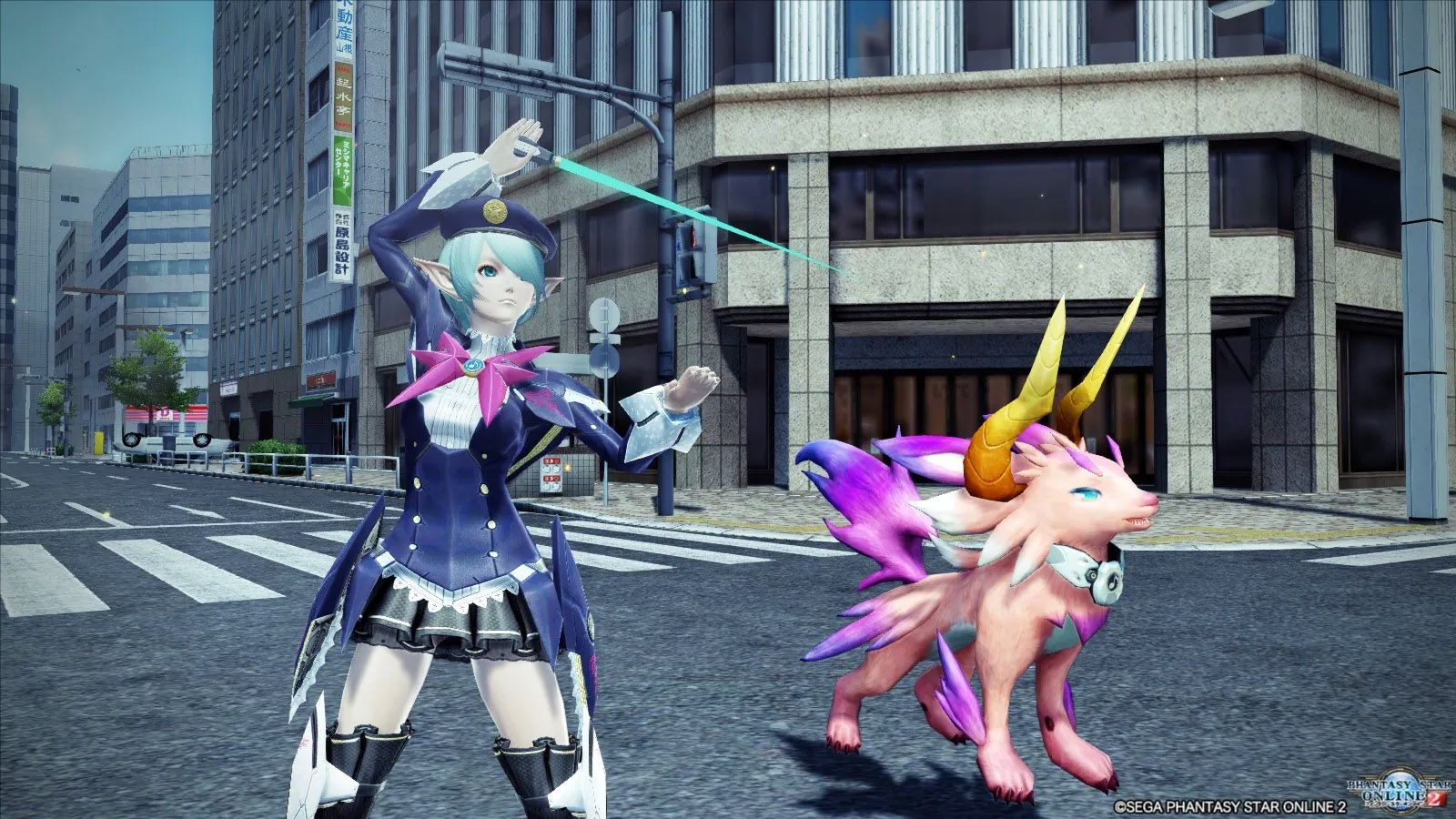
At the end of January 2016, these fears came to fruition when Episode 4 was released. With a narrative that used Isekai as one of its bases, the update disappointed in almost all of the areas it tried to cover. For those that liked to follow the story, many considered it to be the lowest point of the entire PSO2 saga. On the gameplay side, this was the start of a casualization process, with reduced difficulty in some of the new quests and nerfs to old challenges.
The new class, Summoner, also received its fair share of criticism, especially because of its new mechanic, Pets. Unlike the other classes, Summoners used small creatures to fight, and the way to get them was via Eggs dropped by the enemies. Because of the way PSO2 drops work, everyone gets their own drops. Thus, many players ended up getting nothing other than eggs and candies, which are items needed to power up the pets, from most of the bosses.
Sega tried to fix most of the complaints at the end of Episode 4, introducing an extra challenge as a post-story fight, while bringing fan favorites back. Meanwhile, the gameplay was tweaked a little, but nothing major was made to change it back to how hard the general game was in comparison to the Episode 3 days. Instead of that, Sega announced Episode 5, which would bring an even bigger change to the whole game in general.
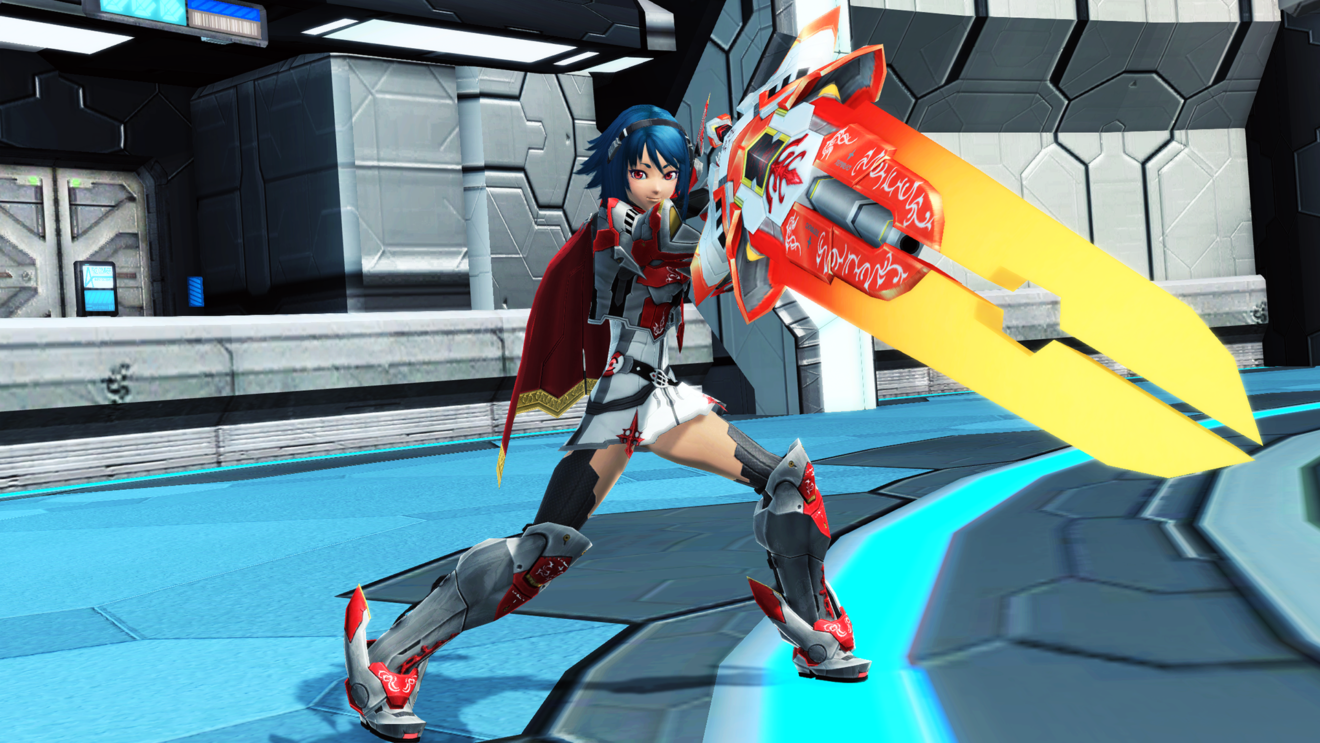
Released in 2017, Episode 5 came with a theme, HERO, the new class that would be part of the Successor series. Being an advanced class, Hero allowed players to wield three specific weapons in a new way, while offering more fast-paced gameplay than everything before and an even easier time during the tensest situations in the game.
In a nutshell, the release of Hero broke the meta of the game into pieces. Many players were criticizing how easy the new class was to play and how it made even the most unskilled be almost as strong as someone who invested time and money on the title. Hero existence in turn made every other class obsolete. Realizing the mistake they made, Sega spent most of the Episode 5 lifespan releasing patches that would buff the old classes to try to put them on par with the new shiny thing. Unfortunately, this resulted in every other part of the update, meaning the story and quest variety, suffering from shortcuts causing the expansion to be a bit lacking in content.
Although player count hit a new peak during the release of the PlayStation 4 version of the game, which happened in the middle of Episode 4, player count started to drop during this period. With Episode 5 being rushed and lacking variety, PSO2 was soon reaching a new low for Sega. The game was still lucrative enough, but fewer and fewer players were active and many of them ignored the small additions made to the title. It was also during Episode 5 that one of the main problems with PSO2 came to light: the lack of incentive to do anything beyond the Emergency Quests, which were special missions where players fought a boss.
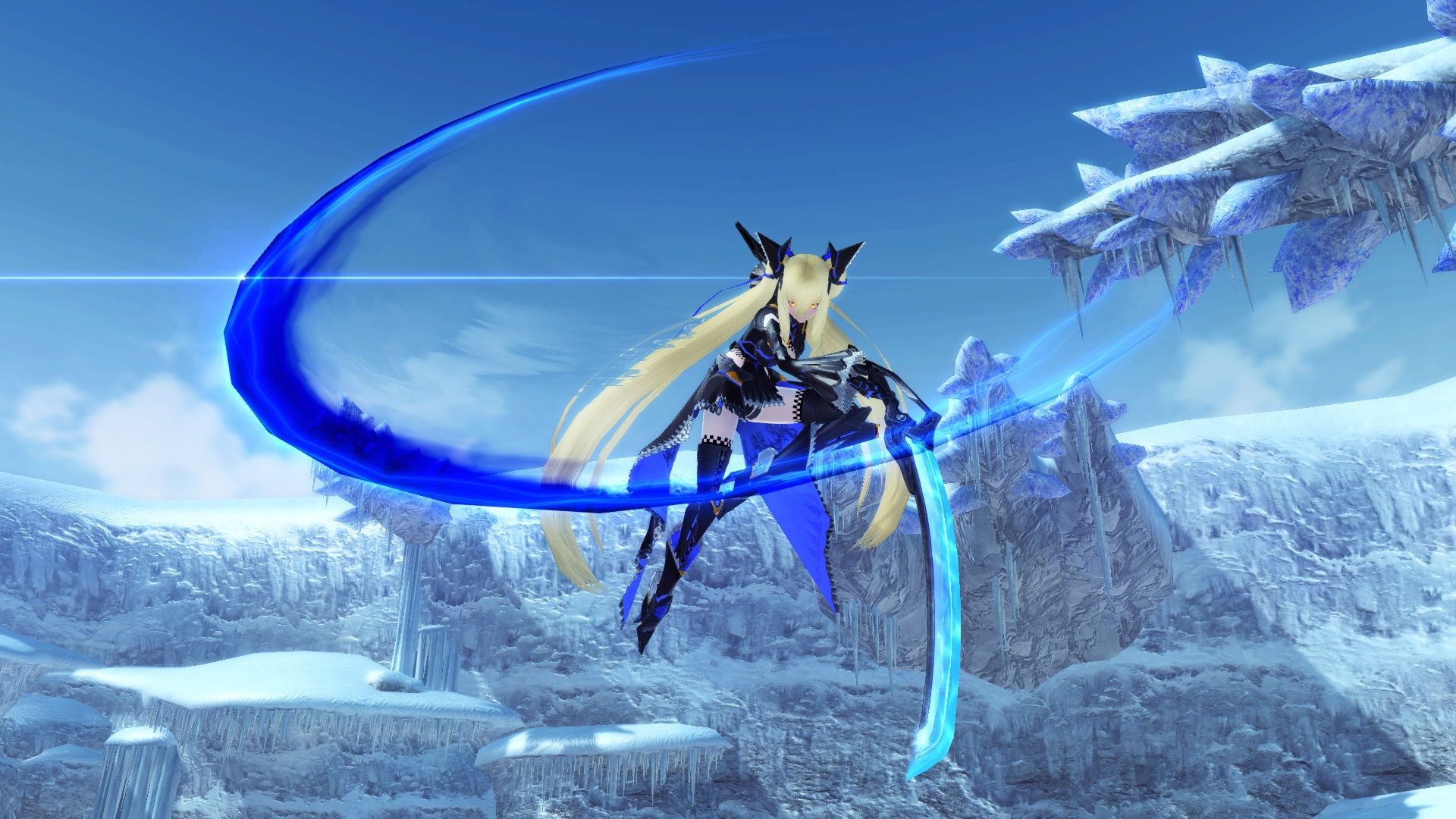
Trying to salvage PSO2
The last PSO2 expansion, Episode 6, came out in 2019. At this point in time, Sega tried to salvage what they could after the HERO incident. Two new Successor classes, Phantom and Etolie, were released, but this time, in a more mild way. The narrative was also finally ending for good and the company developed new quests and challenges to make players come back to the title. As an incentive to returners, a bonus was conceded to any veteran who decided to try PSO2 again, and many campaigns rewarded people who got some friends together and played.
Once again, Sega changed the mechanics of some of the classes to make it more accessible to newcomers. Meanwhile, new challenges were added for those who wanted to be more hardcore. With Phantom and Etolie getting good reception from players, Sega also released Luster, another Successor class.
Episode 6 unfortunately was nothing more than a small band-aid on a huge wound. Although much of its content and new ideas were well received by the community, the damage caused by the expansions before it was profound enough to make Sega start to plan for what would come after PSO2.
Source: YouTube.
PSO2 comes to the West
It took eight years for Phantasy Star Online 2 to reach the west. Although announced in 2013, Sega kept delaying the supposed release of the game on this side of the globe for years. But everything changed when during E3 2019 it was announced that Microsoft had partnered with the Japanese developer to bring the title exclusively to its platforms and PC.
At this point in time, it’s important to mention that PSO2 was available on the following platforms: PC, PSVita, PS4, and Nintendo Switch (via the Cloud). Although Japanese only, the game was region-free so people anywhere could log in and have fun. For the PC version, there was even a nonofficial English patch, that is still available to this day, which offered a great deal of help to those who don’t know the Japanese language.
Finally released in 2020, the western version of Phantasy Star Online 2 was a bit of a mess in regard to its scheduled updates. In the beginning, only the first 3 episodes were available. Episode 4 didn't hit until several months later, followed by significant gaps between the releases of the final two episodes. This meant that a huge catch-up was going to have to happen for the western version to come close to the Japanese original. Many people got lost with new releases being launched so quickly and then drying up as the game came to a conclusion.
Sega's partnership with Microsoft not only allowed PSO2 to reach the other side of the ocean, as it also gave them the means to evolve the game into something new. And soon after the release of the Western version, the company itself announced the big next expansion to PSO2, entitled New Genesis. It was a complete rework of the game and promised to be a new restart to the dying title.
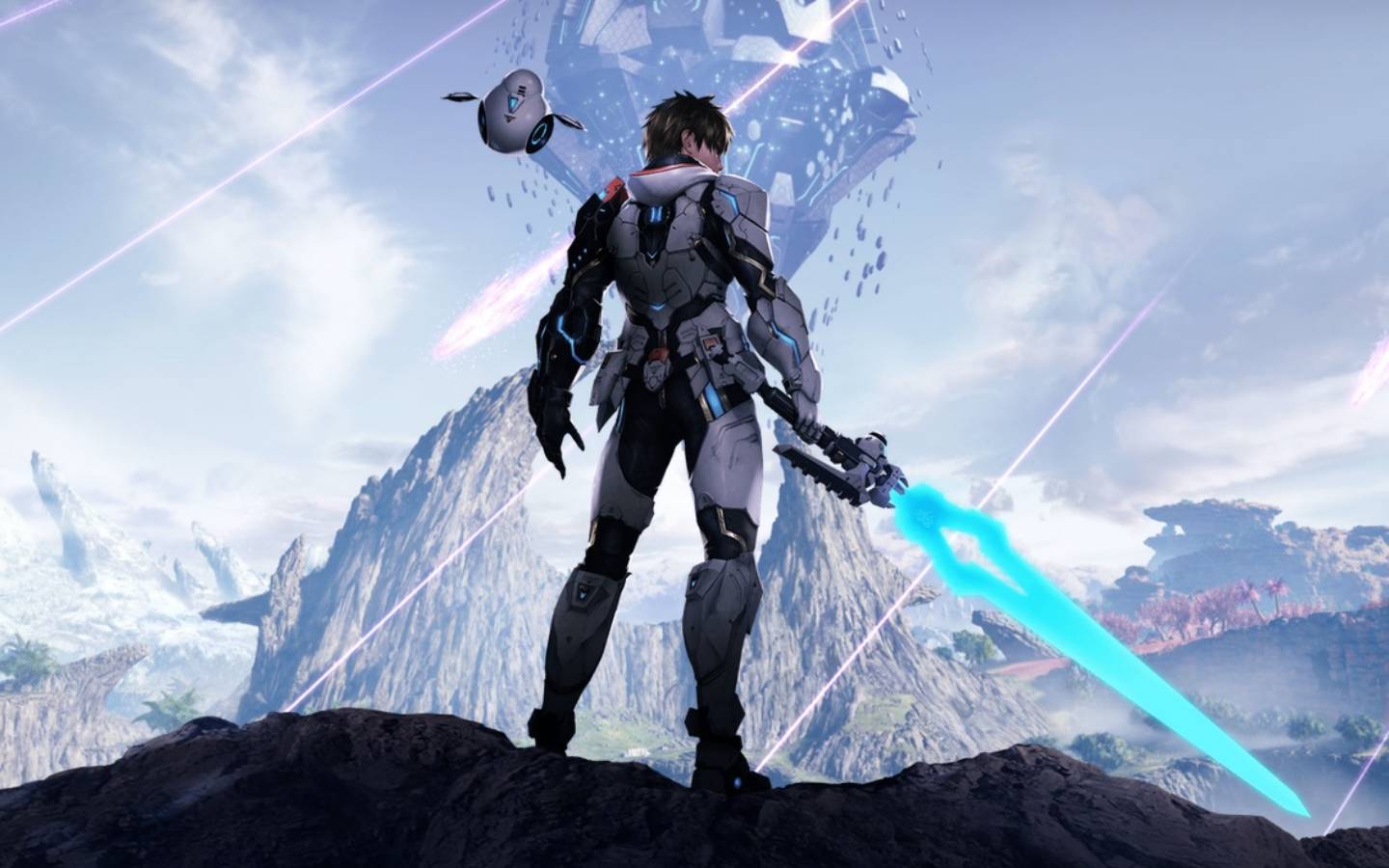
Phantasy Star Online 2: New Genesis
Announced by Sega to be released in 2021, New Genesis was the next step in the PSO2 experience. Importantly, this was not considered to be Episode 7, but instead an upgrade akin to Final Fantasy XIV's "A Realm Reborn” expansion, resulting in a reboot of the entire PSO2 game. Going open world, reintroducing gameplay mechanics, and adding new quality of life improvements, New Genesis would be bigger and better than anything players had experienced so far.
But come 2021, the expansion was released as a separate game to PSO2. Boasting new graphics, thanks to Hedgehog Engine 2, but with an empty open world, and dumbed-down gameplay, New Genesis was met with mixed reviews from fans and critics alike. The game wasn't that good, with many hating how lackluster the new title was compared to the base Phantasy Star Online 2.
In fact, only a small piece of the game was available to players at launch. New Genesis launched with only the six original classes: Hunter, Ranger, Force, Fighter, Gunner, and Techer. All the others are being slowly re-adapted into the title. The combat was changed to be much more simplified with each class offering its own perks, however, they were influenced by the Successor system, adapting some of their mechanics to its gameplay.
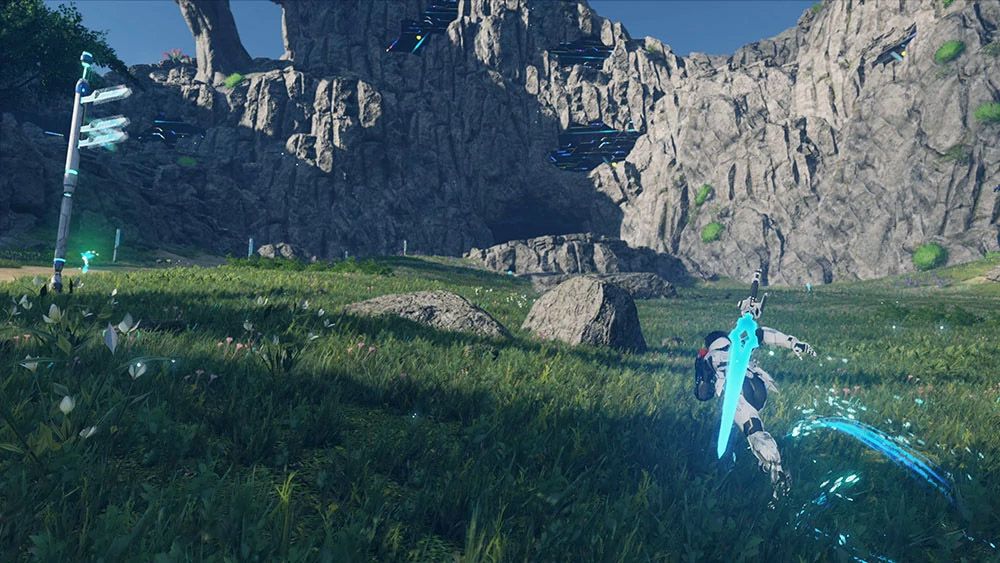
In another upsetting turn, only one region was available at launch. While the previous PSO2 was released with three planets, every expansion added one more to it, increasing the number of locals players could explore. New Genesis only got Aelio, the center of the planet Halpha, with plans to later add new areas like the desert Retem. The lack of options also meant a reduced number of the enemy types that could be found on it.
The open world was criticized for being empty, leaving players with nothing much to do. Other than collecting materials and finding special areas, players would be stuck to leveling up or trying new classes. The slow pacing at which the updates were released, with almost six months between the main game's release and Episode 4 debuting, also meant a decrease in player activity. Many players left the game to go play something else entirely.
Another huge problem with New Genesis was related to its performance, as the game was badly optimized in its initial days. Sega eventually fixed some of the problems, but it did show how rushed the game's development was. Hopefully, this situation doesn't spread to future open-world games being developed by Sega.
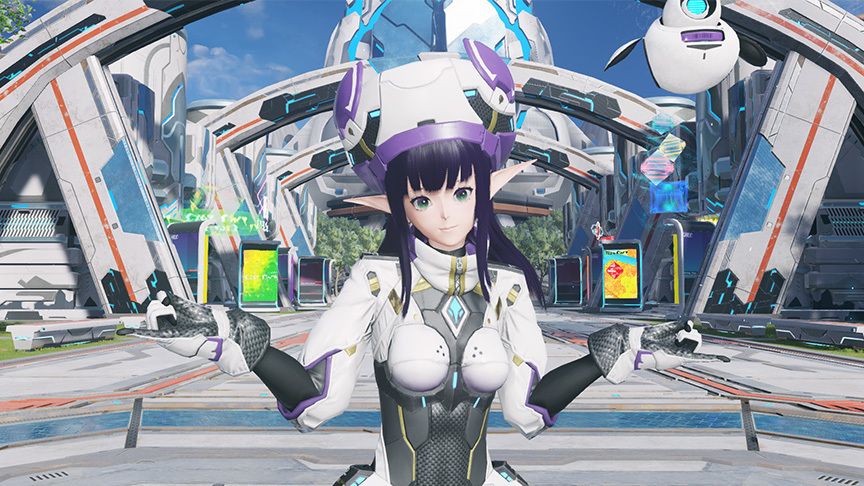
Phantasy Star Online 2 in 2022
At this point in time, Phantasy Star Online 2 is close to reaching its 10th anniversary. While the original game is still online and devoid of any activity, New Genesis is slowly getting updates and its player base is increasing each day. The game continues to be a commercial success for Sega, being one of its biggest revenue generators in 2021.
Despite its initial release, New Genesis has the potential to be a good game and even reach the peak of popularity PSO2 once had. Sega just needs to fix some small problems, and add more content in a faster way. The game's website has a well-updated blog showing monthly additions of all kinds of content, so there is hope that the pattern will continue into the future.